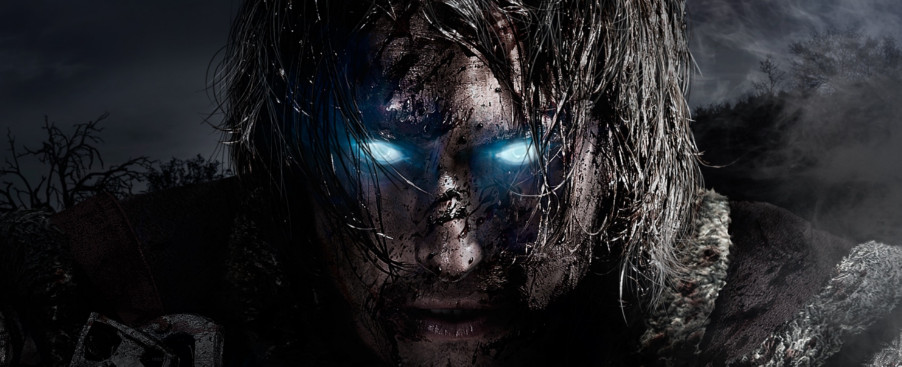Middle-earth: Shadow of Mordor Previews
-
Category: News ArchiveHits: 2025

Monolith's stealth-focused action RPG Middle-earth: Shadow of Mordor is the subject of a few more previews across the 'net, so I thought I'd round them up to start off the new week.
We begin at Gamers Nexus:
Each combat instance gives the player more than the option of just killing everyone in sight though the carnage-soaked, head-exploding (literally) executions are tough to resist. A player who isolates an enemy in combat can execute a Combat Brand move that marks the enemy with Talion's hand much like the white hand of Saruman and possesses the enemy to fight alongside him. Taking a chapter out of Gears of War, Talion can also grab an enemy and use him as a meat shield to evade ranged attacks.
The most useful action is (dominating) an enemy so that he can give you intel on one of the higher-ranking orc Captains. The Nemesis system, which I'll detail more below, has an interface that shows the territory's Warchiefs and the Captains who rank under them. It doesn't show all the Captains, though, requiring a player to actively seek out information on their whereabouts and strengths & weaknesses.
Then we move to Hardcore Gamer:
Though I enjoyed the overarching themes and seemingly endless branching narrative points, the combat and traversal systems sucked me in from moment one. It's not a complex equation: take the simple, yet gripping combat of the Arkham series, combine it with the climbing system from Assassin's Creed. Players only use a few face buttons to attack, but the high level of animation variance allows each action to feel epic in its own right. A simple counter system, using the triangle button, allows players to have the split-second reactions that made the combat system in the original Arkham titles so exciting. With the exception of extremely jagged walls, players are able to jump and climb up almost anything in the environment. This high level of verticality gives another layer of depth to the combat system, as stealth bow-and-arrow gameplay can aid those looking to get the drop on a large group of foes. Unlike in massive open-world games like the Elder Scrolls series and the Fallout games, Middle-earth: Shadow of Mordor'˜s moment-to-moment gameplay feels just as exciting as simply existing in its captivating environment.
Creating worlds that would exist on their own without the player's presence was perhaps the biggest theme of PAX Prime 2014. Middle-earth: Shadow of Mordor is at the forefront of this trend, as each non-player character and beast in the environment felt both acutely intelligent and emotionally invested in its surroundings. This was never more evident than when I summoned a group of beasts onto a group of orcs I was hoping to attack, only to witness some of the orcs appear frightened before attacking (and ultimately falling). I found myself both in control of, and at the mercy of, my environment. Sure, there were a number of tools at my disposal, but failing to use them properly put me at a massive disadvantage.
And then there's a preview at ene3, though it's in Portuguese and requires translation:
One of the powers that we get with the spirit, is to be able to own or even convert enemies to help us throughout the game. This ability works in sync with the Nemesissystem. The Nemesis system will make the player have a totally different experience of what's used in open-world games. The system works like a database of memory for the world of the game, where the player can obtain information about their opponents, but the same is true for them. The enemies in Shadows of Mordor are all connected by hierarchies, which allows the player to plan your attack strategically, or nip it in the bud. However this could mean trouble, if the player does not succeed, because the Nemesis system, as I mentioned, will serve as a memory, both for the player as for the enemies. If the Player try to attack, for example, a General and fail your mission, the next meeting that the player has with the General, this will be recalled from the player.
But for the player, this system can increase their opportunities during combat, allowing the player to have the soldiers closer to the General, or even know the fears and weaknesses of the same. An interesting aspect is the death of player does not interrupt the continuity of the game. If the player dies during a fight, the world goes on, unlike other games in which when the player dies, the game back to the last checkpoint. This is interesting, mainly by the detail that we could see in the presentation, at Gamescom, where we were attacking a General, killed one of his captains, but eventually die at the hands of a soldier. The Nemesis system progressed with the world and that the soldier who killed us was promoted captain. That leaves the player to try to get info on this new captain, or try your luck with the General again, but this will now remember the player, making it difficult to combat. This system will ensure that the player will have different experiences each time I start a new game.

